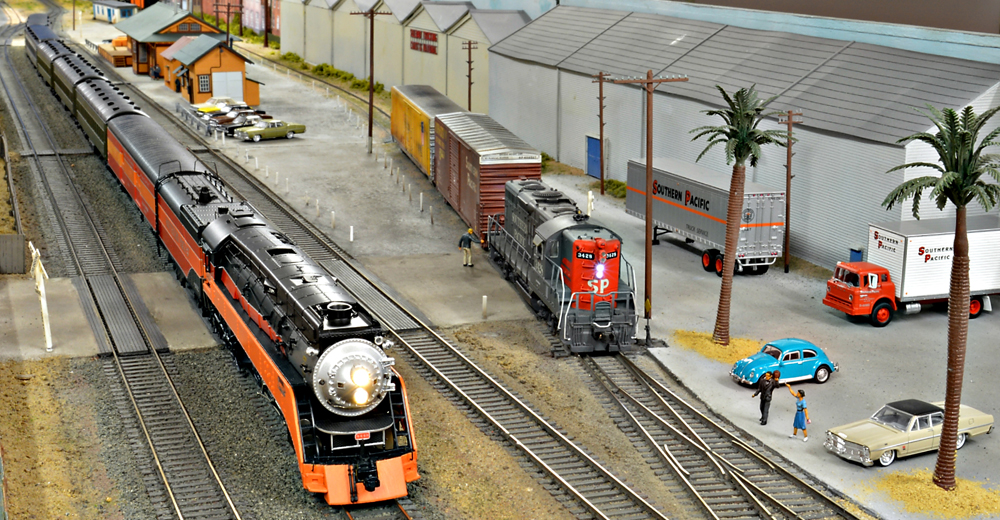
We’ve all been there before. Seated at the drafting desk, or perhaps the workbench, depending on how your layout room or workshop is set up, notebook open, pen in hand, writing out a list of desired traits for your soon-to-begin model railroad, maybe sketching possible track plans in the margins. A tale as old as […]
Read More…
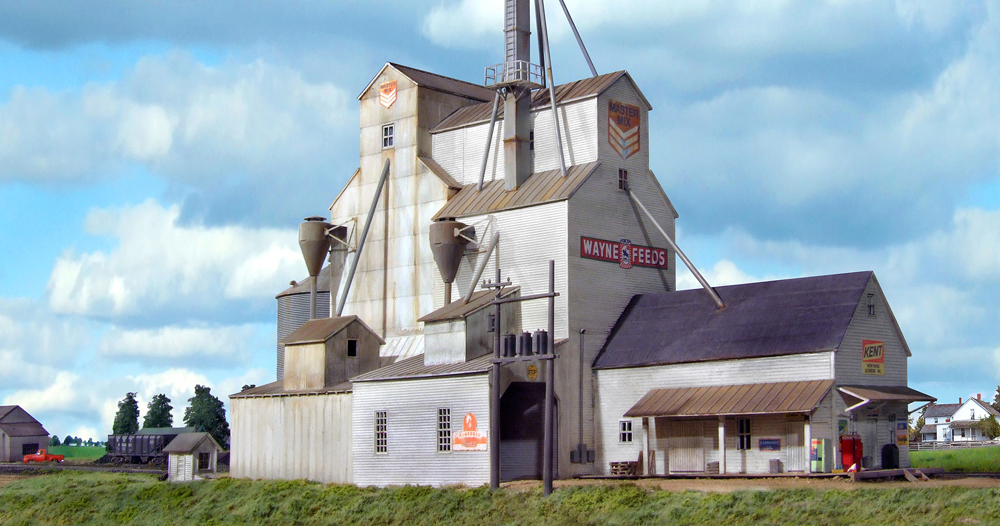
Last month we took a look at modeling urban scenery. This time around, we’ll step back from the big city and focus on rural scenery. I spent my formative years in the Red River Valley of the North, which was dotted with small towns up and down the Minnesota and North Dakota sides of the […]
Read More…
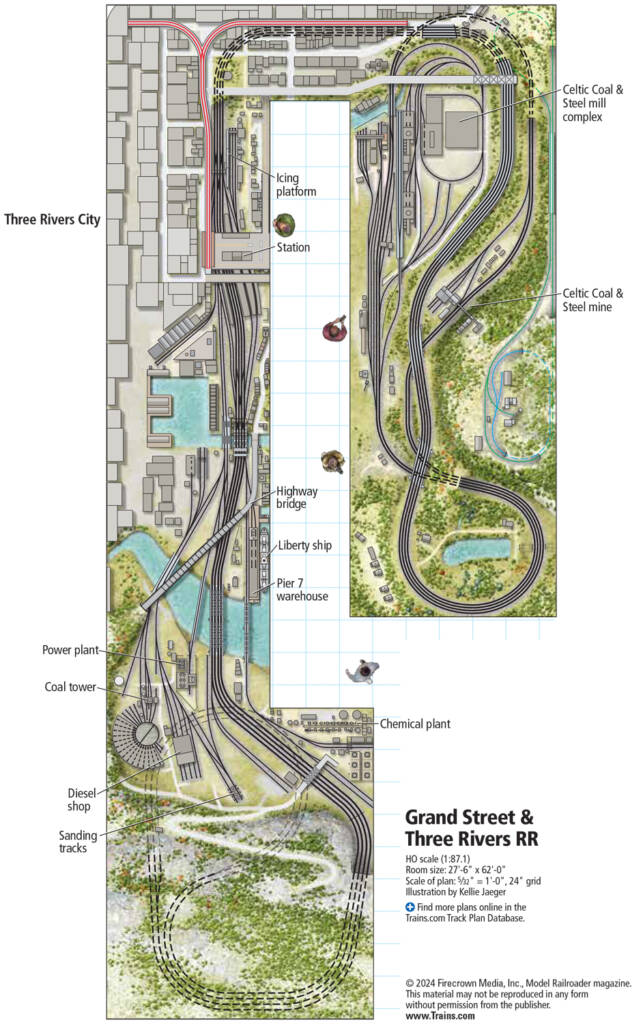
Facts and features Name: Grand Street & Three Rivers RRScale: HO (1:87.1)Size: Layout: 27′-6″ x 62′-0″, Room: 31′-6″ x 66′-0″Prototype: New York Central and Pennsylvania RRLocale: Chicago/New York CityEra: mid-1940sStyle: walk-inMainline run: 900 feetMinimum radius: 30″Minimum turnout: No. 8Maximum grade: 3.5%Benchwork: box gridHeight: 39″ (main line), 51″ (El), 52″ (viaduct loop), and 56″ (upper cement […]
Read More…
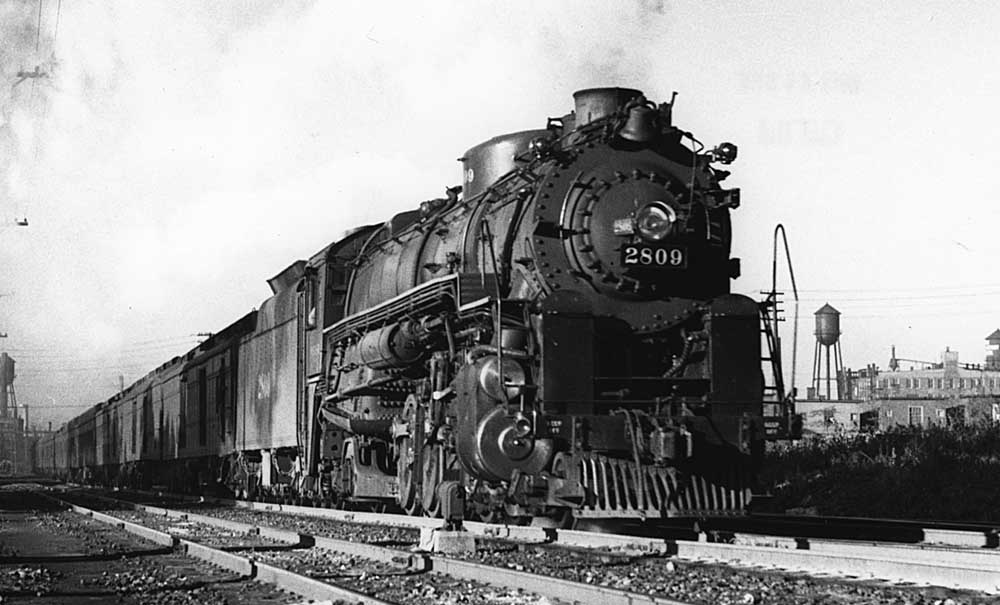
Few, if any railroads, duplicated what the Wabash Railroad did in 1930 and ’31 when it ordered 50 big locomotives from the Baldwin Locomotive Co., split half and half between the tried-and-true 4-8-2 wheel Mountain type and the still relatively new 4-8-4 Northern. It was a remarkable decision, given the slight differences between the […]
Read More…
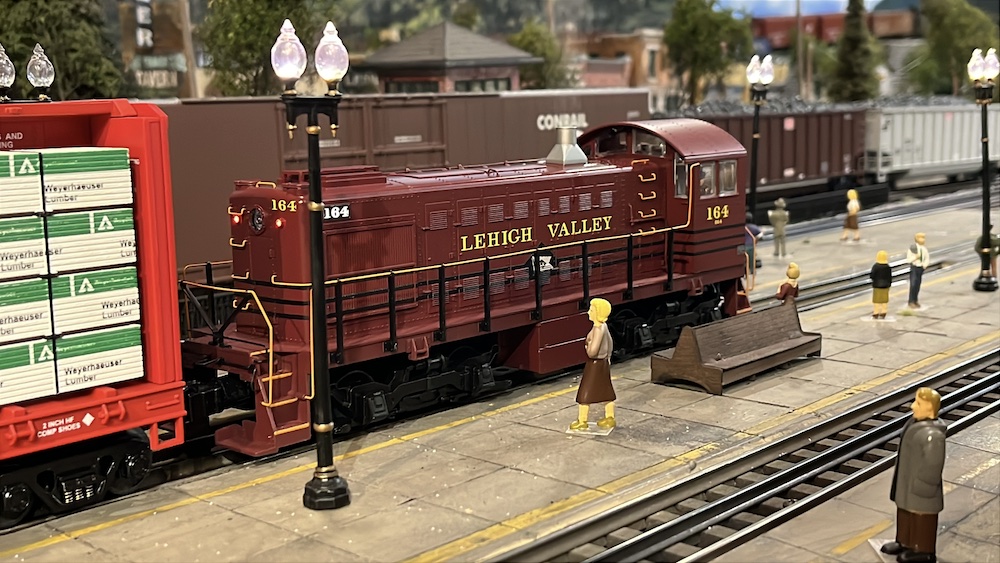
Hidden in the back of the Lionel 2023 Volume 2 catalog — behind large Legacy steam and diesels locomotives, plus a few heavyweight passenger cars — was the small yet proven Alco S2 switcher. The S2 was one of Alco’s most reliable and successful locomotives. Powered by a turbocharged inline 6 cylinder engine, it pumped […]
Read More…

Price: $60 (without logs), $75 (with logs) Manufacturer KR Models Ltd. No. 100 — 17865 106A Ave. Edmonton, Alberta, Canada T5S 1V8 krmodels.net Era: Early 1900s to 1950s Comments: Loaded and empty skeleton log cars are now available in HO scale from KR Models Ltd. The ready-to-run model features injection-molded plastic construction, metal wheelsets, and […]
Read More…
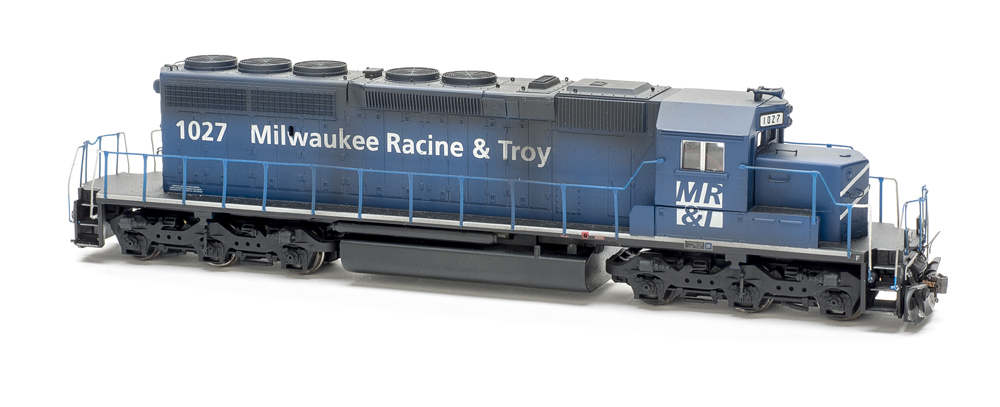
There are many reasons you might need to bring a locomotive back to life. Here are some tips for resurrecting unused locomotives. Disassembly The first thing you’ll need to do is to get inside the locomotive shell. Maybe you’re lucky enough to have an exploded-view diagram of your model. If not, you can check the […]
Read More…
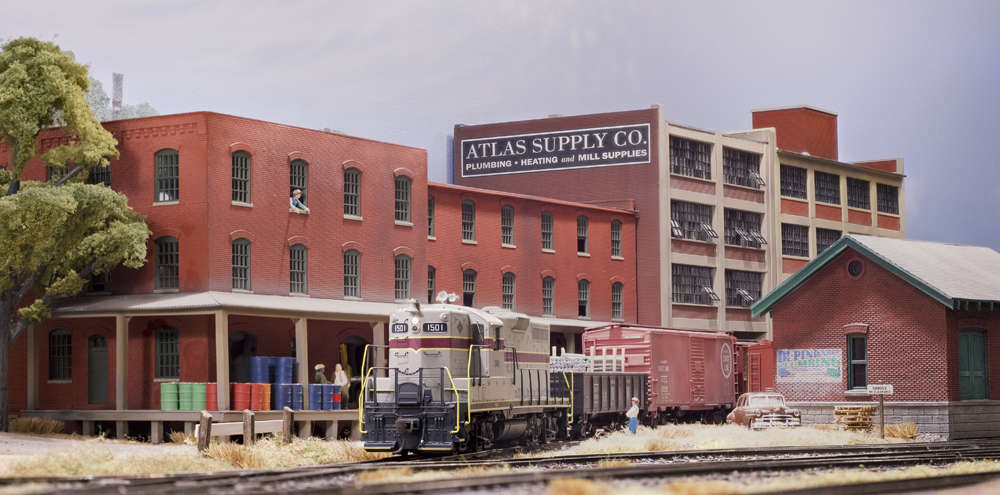
Contrary to popular belief, modeling an urban scene doesn’t require a bunch of space. Want proof? Check out the Winston-Salem Southbound, our 2018 project layout, shown in the photo above. The 2’-9” x 8’-2” HO scale shelf layout depicted the railroad’s Tar Branch in Winston-Salem, N.C. It featured more than a half-dozen rail-served industries, as […]
Read More…
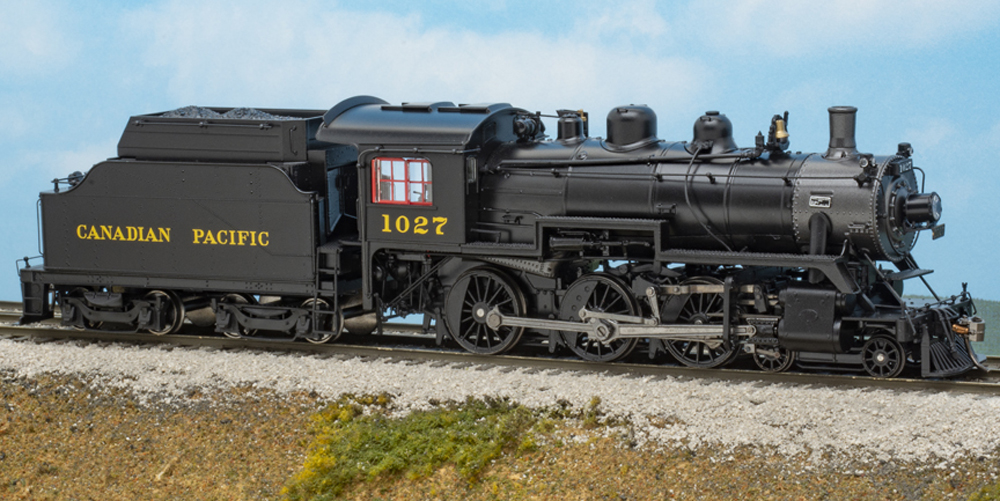
Q: Why are the flanges on model steam engine drive wheels so much larger than on the prototypes? Is it because the models don’t weigh very much? Or is it because they have to navigate tight curves? And do larger scales (like G scale and live-steam models) have flanges that are closer to the prototypes? […]
Read More…

Facts and features Name: Pennsylvania RR Scale: HO (1:87)Size: 6′-8″ x 12′-6″Prototype: freelanced, inspired by PRRLocale: northeastern PennsylvaniaEra: changeable between 1870-1915, 1916-1942, and 1943-1959Style: island Mainline run: 31 feetMinimum radius: 36.5″Minimum turnout: No. 6Maximum grade: none (flat)Benchwork: tabletopHeight: 511⁄2“Roadbed: corkTrack: Micro Engineering flexible code 83Scenery: foam board and Kingspan underlayment on 3 ⁄4” medium density […]
Read More…
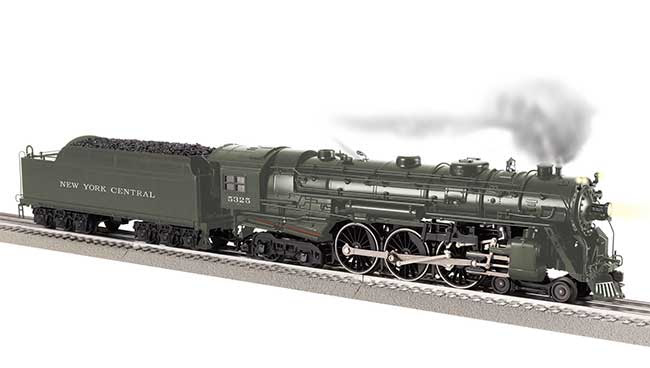
The Lionel Collectors Club of America (LCCA) announces some Lionel custom-run products. To celebrate Lionel Trains’ 125th anniversary, the LCCA is releasing a VisionLine 4-6-4 Hudson locomotive. The engine features operation via Legacy, TMCC, or conventional mode with a standard transformer. It also features Bluetooth control and Lionel Voice Control. Minimum curve requirement is O-54 […]
Read More…












